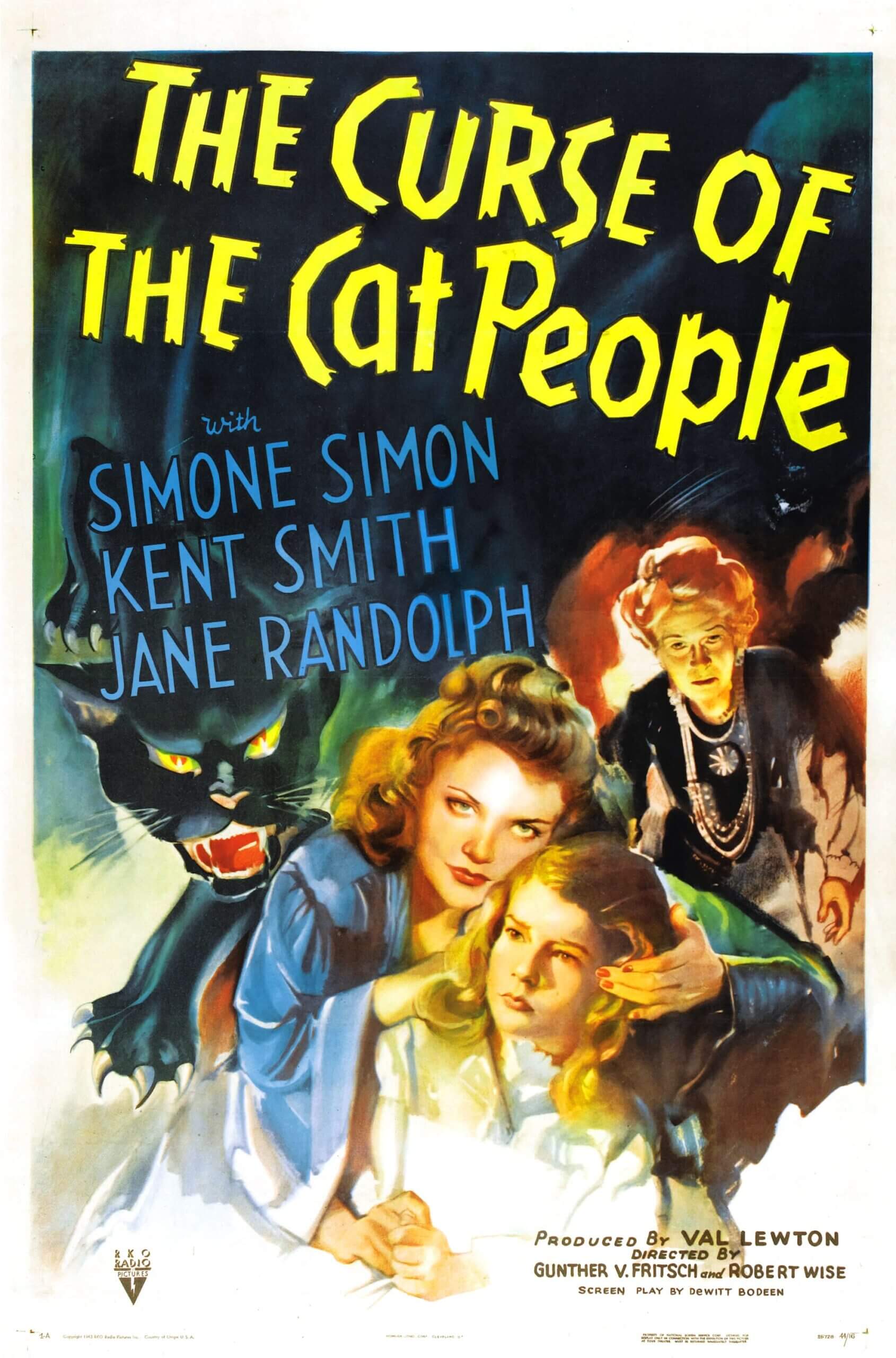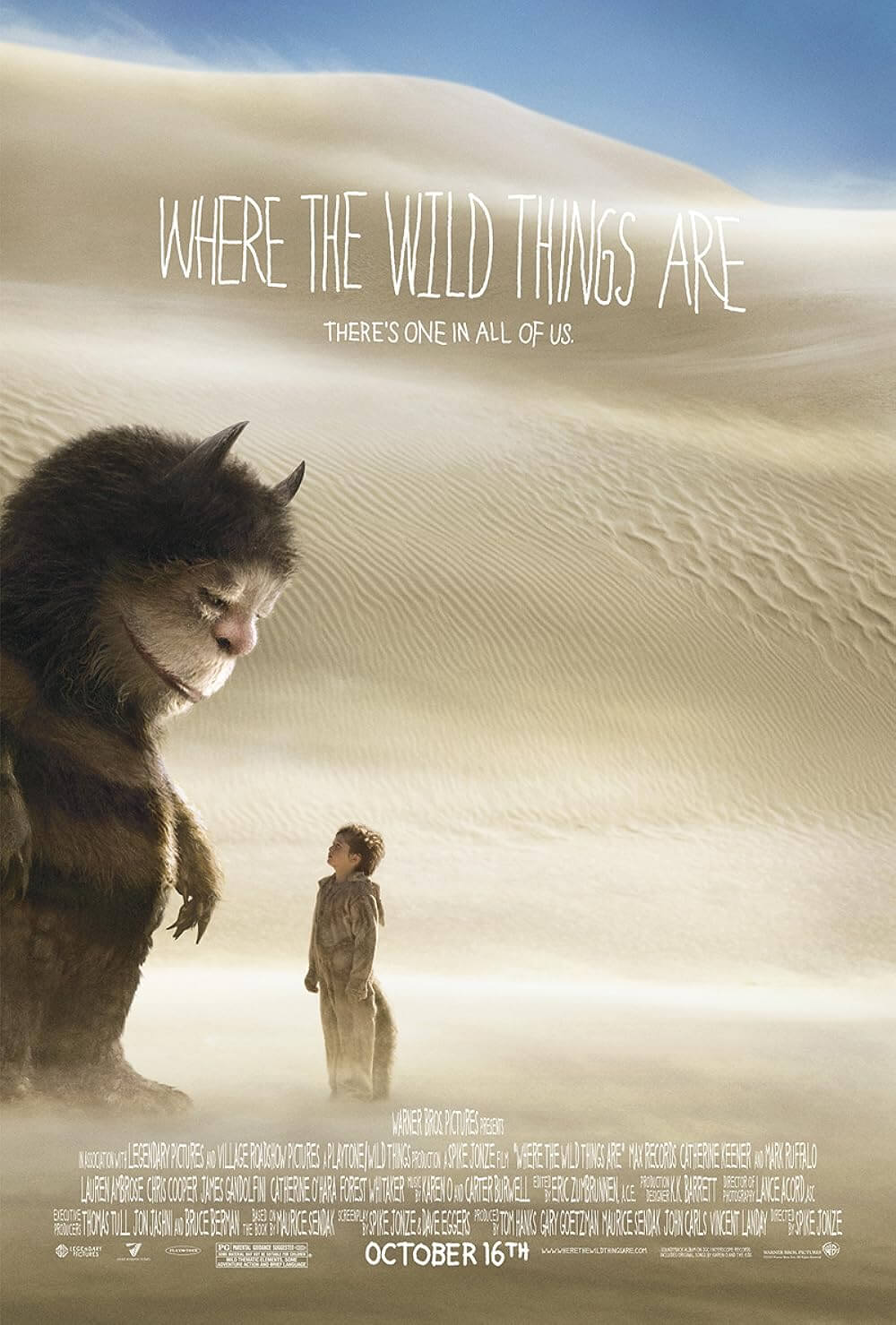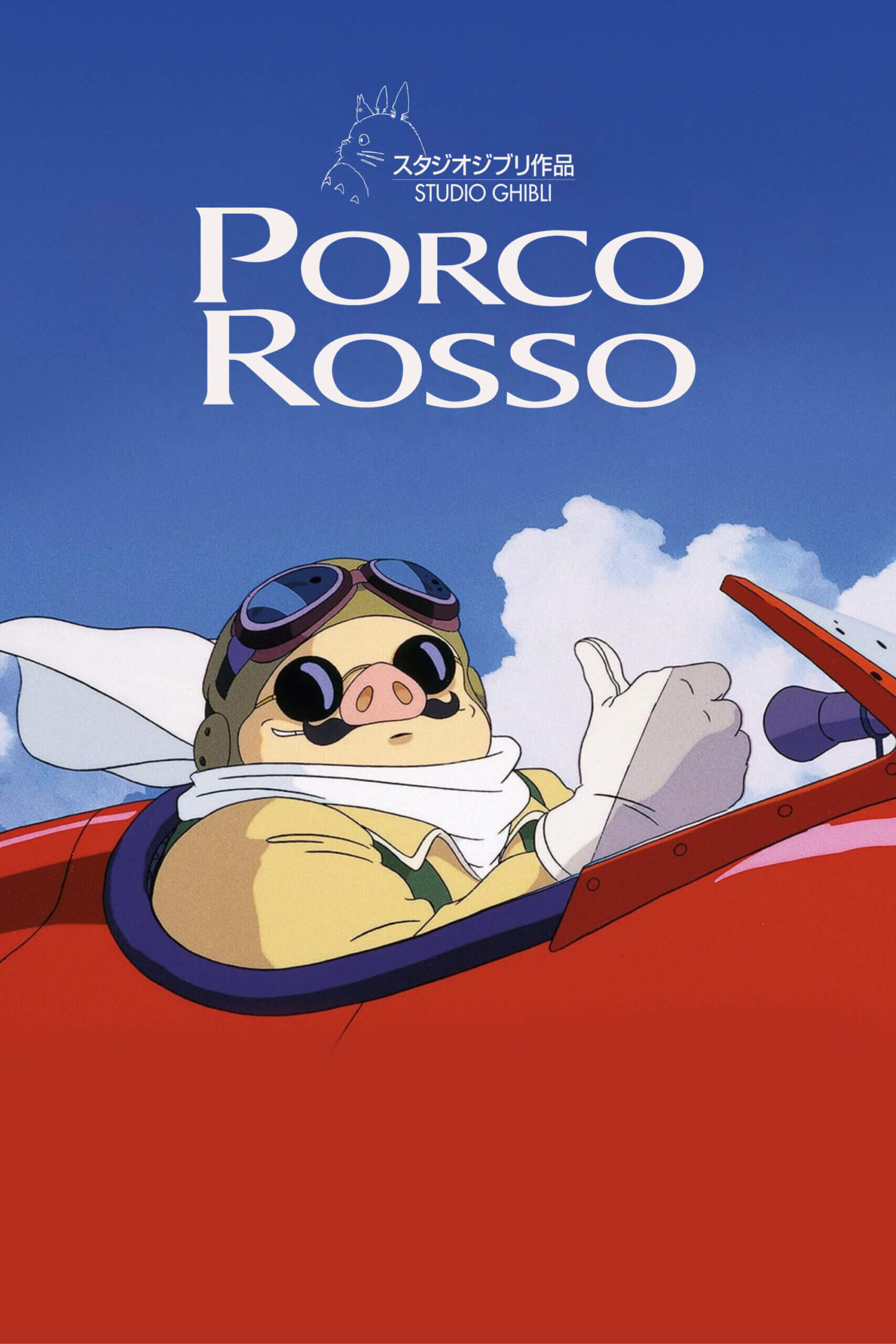Reader's Choice
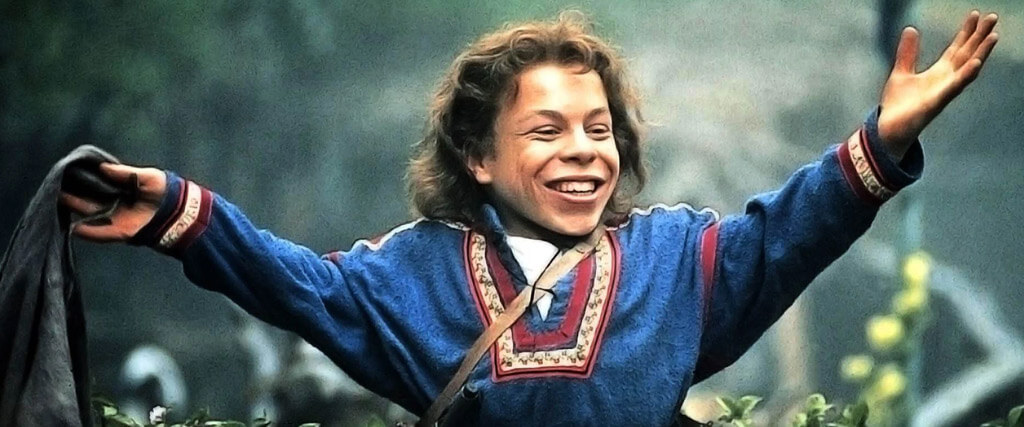
Willow
By Brian Eggert |
Watched in a vacuum, Willow is a pleasant enough fantasy. It’s a there-and-back-again adventure about a little person and a roguish swordsman who join forces on an epic journey. Driven by a prophecy about a child who will bring peace to the land, our medieval heroes face deathdogs, a two-headed dragon, and an evil sorceress. It’s familiar stuff, to be sure. With its large-scale production values and special FX courtesy of Industrial Light & Magic, the story comes from executive producer George Lucas, who conceived the idea in the 1970s with the title Munchkins—in a nod to The Wizard of Oz (1939). Though Willow wasn’t the blockbuster Lucas had hoped for, it has since developed a cult following. The 1988 release seemed to always be on television in the subsequent years, ensuring that youngsters of a certain age grew up watching and rewatching a film that, theatrically, resulted in commercial failure. Still, it contains enough ‘80s nostalgia to entertain some viewers even today; there’s even talk of a television spin-off more than twenty years later. But in the wake of mature series like The Lord of the Rings and the later Harry Potter entries, Willow cannot help but feel catered to children with little awareness of how much it borrows from other sources.
Willow debuted just over a decade after Lucas had changed the face of Hollywood with Star Wars, single-handedly turning science-fiction and fantasy, the stuff of B-movies before 1977, into profit-making monsters. By retaining the toy rights in his Star Wars deal with Twentieth Century Fox, Lucas earned more from merchandising than the movie itself. He proved that crafting blockbusters for a younger audience, complete with relatable characters of smaller stature and the action figures to match, could be lucrative. Throughout the 1980s, his increasingly child-friendly space opera gave way to televised spin-offs geared toward the whole family, such as The Ewok Adventure (1984) and Ewoks: The Battle for Endor (1985). Warwick Davis, the star of Willow, had appeared in both as the Ewok named Wicket, reprising his role from Return of the Jedi (1983). Lucas also produced a cartoon called Droids (1985-1986) about everyone’s favorite bickering robots, followed by an adaptation of the Marvel comic book Howard the Duck (1986), much to the chagrin of critics and viewers alike. In his newfound obsession with characters of diminutive stature who appealed to younger viewers, he made Willow.
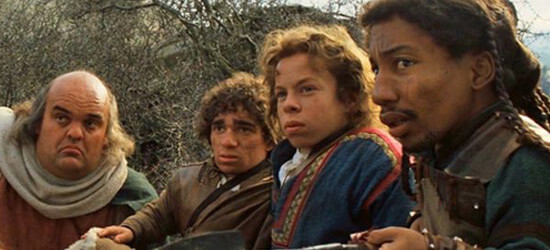 Fantasy films had not performed well at the box-office in the 1980s, though they would become the stuff of billion-dollar franchises in the next century. Several under-performing titles such as The Dark Crystal (1982), Krull (1983), Legend (1985), and Labyrinth (1986) added to the stigma around fantasy projects at the time, making it difficult for Lucas to secure financing for Willow. He split the initial $35 million price tag with MGM, giving them theatrical and television rights, while he kept home video and cable rights. Lucas placed directing duties on Ron Howard, whom he had met a few years before—Howard had used Lucas’ ILM to complete the special FX needed on Cocoon (1985), and they had agreed to collaborate again on Willow. But the producer and storyteller closely oversaw every detail of the production. Howard remarked on the set, “I feel like I’m vice president in charge of cinematic affairs for Lucasfilm.” The over-engineered result ended up with a cost upwards of $60 million. Given the considerable marketing and promotional expenses associated with a major motion picture, Willow had to make nearly $100 million before anyone started to see profits.
Fantasy films had not performed well at the box-office in the 1980s, though they would become the stuff of billion-dollar franchises in the next century. Several under-performing titles such as The Dark Crystal (1982), Krull (1983), Legend (1985), and Labyrinth (1986) added to the stigma around fantasy projects at the time, making it difficult for Lucas to secure financing for Willow. He split the initial $35 million price tag with MGM, giving them theatrical and television rights, while he kept home video and cable rights. Lucas placed directing duties on Ron Howard, whom he had met a few years before—Howard had used Lucas’ ILM to complete the special FX needed on Cocoon (1985), and they had agreed to collaborate again on Willow. But the producer and storyteller closely oversaw every detail of the production. Howard remarked on the set, “I feel like I’m vice president in charge of cinematic affairs for Lucasfilm.” The over-engineered result ended up with a cost upwards of $60 million. Given the considerable marketing and promotional expenses associated with a major motion picture, Willow had to make nearly $100 million before anyone started to see profits.
The story follows Willow Ufgood (Davis), a lowly farmer in a community of Hobbit-like little people called Nelwyns, none of whom take him seriously. One day, Willow finds a baby who, like Moses, has been put down the river for her own protection. The infant named Elora Danan means trouble for the dreaded Queen Bavmorda (Jean Marsh), the ruler of the taller Dakini people—a prophecy has said a magical infant will mark the end of her evil reign. When Willow, who dreams of being a great sorcerer, brings the child to a Nelwyn wise man (Billy Barty) and asks what to do, he is tasked with a long journey to return the child to the Dakini world. Along the way, Willow’s fellowship grows: he befriends antihero swordsman Madmartigan (Val Kilmer) who, like Aragorn, will transform from a rugged fighter to a fearless leader. He rescues sorceress Fin Raziel (Patricia Hayes) from her imprisonment in the body of a marsupial, and her two mouse-sized helpers, called Brownies (Kevin Pollack, Rick Overton), supply comic relief. Thanks to Madmartigan’s wooing, Bavmorda’s warrior daughter Sorsha (Joanne Whalley) also joins Willow’s quest. By the climax, Willow becomes a real magician and uses his size, and Bavmorda’s underestimation of his abilities, to vanquish the evil Dakini queen. He returns home a hero, having earned the respect of his village.
Willow was released in May of 1988 to scathing reviews, not merely of the film but of Lucas’ familiar story. Janel Maslin of the New York Times called the film “as vast as it is secondhand” and dwelled on its origins in other material. Another critic wrote, ”next to this, Howard the Duck looks like a minor miscalculation.” Lucas played the victim of such remarks, telling interviewer Aljean Harmetz, ”When someone says you’re ‘The Great Regurgitator,’ it’s painful.” But if critics attacked Lucas and the film, it might be because Lucas wasn’t exactly punching above the belt. He named his skull-masked villain, General Kael, after the New Yorker critic Pauline Kael, who had frequently panned Lucas’ work. The film’s angry two-headed dragon was called an Eborsisk, an amalgam of critics Roger Ebert and Gene Siskel. Looking back now, these decisions seem childish and misguided, if only because a “thumbs down” from Siskel and Ebert at the time could break a movie’s box-office potential. Along with the critical mud-slinging that followed Willow’s debut, audiences didn’t treat the film any better. The domestic box-office receipts totaled just over $57 million. The consensus seemed to be that Willow was a bomb—and an uninspired effort rehashed from better material.
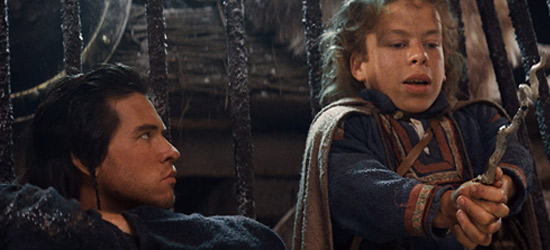 Even Howard has admitted that, to the film’s detriment, he was split by his collaboration with Lucas. “Halfway through the process I realized that for the first time, I was trying to make someone else’s movie. I was trying to get into George Lucas’s head because I trusted his tastes and instincts better than I trusted my own.” Watching the film, it’s unmistakable. Howard adopts a film grammar similar to the Star Wars aesthetic (which he would explore again two decades later in Solo: A Star Wars Story). Willow unfolds with transitional swipes and establishing shots of fantastical landscapes, many of them filmed on location in England and New Zealand. It boasts a large stop-motion creature that looks like the Rancor Pit monster from Return of the Jedi. If someone revealed that Lucas had secretly directed the picture, no one would be surprised. Then again, it would be difficult to identify a distinct style in Howard’s work outside of Willow. There’s no discernible authorial voice or formal techniques from Parenthood (1989) to Apollo 13 (1995) to Howard’s trilogy of Dan Brown adaptations. From one film to the next, Howard’s journeyman approach serves the material capably and nothing more, making his output recede from memory.
Even Howard has admitted that, to the film’s detriment, he was split by his collaboration with Lucas. “Halfway through the process I realized that for the first time, I was trying to make someone else’s movie. I was trying to get into George Lucas’s head because I trusted his tastes and instincts better than I trusted my own.” Watching the film, it’s unmistakable. Howard adopts a film grammar similar to the Star Wars aesthetic (which he would explore again two decades later in Solo: A Star Wars Story). Willow unfolds with transitional swipes and establishing shots of fantastical landscapes, many of them filmed on location in England and New Zealand. It boasts a large stop-motion creature that looks like the Rancor Pit monster from Return of the Jedi. If someone revealed that Lucas had secretly directed the picture, no one would be surprised. Then again, it would be difficult to identify a distinct style in Howard’s work outside of Willow. There’s no discernible authorial voice or formal techniques from Parenthood (1989) to Apollo 13 (1995) to Howard’s trilogy of Dan Brown adaptations. From one film to the next, Howard’s journeyman approach serves the material capably and nothing more, making his output recede from memory.
Willow’s other significant downfall is Bob Dolman’s screenplay, adapted from Lucas’ several-page outline. The characters have been written less as flesh-and-blood people but more as story devices. They behave in ways that only a screenwriter could conceive. When Sorsha, a woman who has killed babies to protect her evil mother, meets Madmartigan (who has fallen under the spell of Brownie love dust), she quickly sets aside her villainess ways after a few lines of his poetry. Unconvincing character motivations aside, most of them have been borrowed from Star Wars. Madmartigan snaps into hero mode as quickly as Han Solo, and Willow is no more dynamic than Luke Skywalker. Fin Raziel may as well be a combination of Obi-Wan Kenobi and Yoda, teaching the young hero to believe in his inner magic. The screen story also keeps the kiddies entertained with the Brownies, the resident C-3PO and R2D2. And if it’s cartoonish humor you’re after, Willow is full of it. Watch as Madmartigan rolls down a snowy hill and becomes a snowball, like something out of a Looney Tunes cartoon. Willow’s screenplay also boasts some groan-inducing treatment of little people. Madmartigan’s manhandling of Willow will raise eyebrows. Even the film’s tagline, “Adventure doesn’t come any bigger than this,” treats its hero’s height like a marketing ploy.
If there’s any relief to the cringiness of it all, it’s the adorable and expressive face of the twin infants who play Elora Danan. Despite such intermittent pleasures, the film remains a veritable patchwork of fantasy tropes that go well beyond Star Wars. In addition to using the Lucas exemplar as a platform to build upon, Dolman’s script draws from other well-known fantasies, lending Willow the inescapable quality of a casserole. Start with a prepackaged base of The Lord of the Rings and the Jedi-verse. Add a touch of the Old Testament here, a dash of The Odyssey there. Sprinkle moments from Gulliver’s Travels, Peter Pan, and The Wizard of Oz throughout—and voilà, you have a fine dish that, when baked at 375° for 126 minutes, delivers a hearty helping of comfort food. Sometimes that’s just what the viewer needs. Indeed, few children would turn up their nose at a plateful of Hamburger Helper. Adults, however, may have a more sophisticated palate that demands a meal not made from a box. Ebert’s remarks best summarized the problem: “There can be no true suspense in a movie where even the characters seem to be inspired by other movies.”
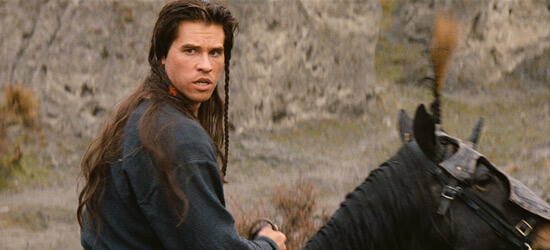 The counterargument to Willow’s derivativeness is that Lucas has simply explored his own interests and preoccupations. Lucas has a penchant for roguish heroes, from the dubious ethics of Indiana Jones to the criminal background of Han Solo. Madmartigan is cut from the same cloth. He’s also interested in the theme he describes as “Mr. Average Man rises to the occasion”—an idea explored in Luke Skywalker and Willow Ufgood. It’s not just that Lucas found a winning formula with Star Wars and never changed; it’s that he has a genuine fascination with such characters. Does that make Madmartigan’s antics any more palatable for someone who sees him as nothing more than a cheap knock-off? Perhaps not. But the criticism that Lucas has merely taken from the same well again and again is tantamount to critiquing John Ford for using the same type of cowboy or Alfred Hitchcock for obsessing over blonde women. Auteur directors often have recurring motifs, and Lucas is no different. Willow’s problem isn’t its use of story and character archetypes. The problem is that Dolman’s screenplay renders these molds without the slightest touch of genuine personality or imagination, which only accentuates how much they have been sketched from the same pattern.
The counterargument to Willow’s derivativeness is that Lucas has simply explored his own interests and preoccupations. Lucas has a penchant for roguish heroes, from the dubious ethics of Indiana Jones to the criminal background of Han Solo. Madmartigan is cut from the same cloth. He’s also interested in the theme he describes as “Mr. Average Man rises to the occasion”—an idea explored in Luke Skywalker and Willow Ufgood. It’s not just that Lucas found a winning formula with Star Wars and never changed; it’s that he has a genuine fascination with such characters. Does that make Madmartigan’s antics any more palatable for someone who sees him as nothing more than a cheap knock-off? Perhaps not. But the criticism that Lucas has merely taken from the same well again and again is tantamount to critiquing John Ford for using the same type of cowboy or Alfred Hitchcock for obsessing over blonde women. Auteur directors often have recurring motifs, and Lucas is no different. Willow’s problem isn’t its use of story and character archetypes. The problem is that Dolman’s screenplay renders these molds without the slightest touch of genuine personality or imagination, which only accentuates how much they have been sketched from the same pattern.
As someone who grew up watching Willow, the experience has devolved over time. Perhaps I’ve grown more cynical as an adult and critic, but Lucas’ child-friendly approach seems so transparent now. The ten-year-old boy in me still finds some joy in the stop-motion effects used to render the Eborsisk, the wild scene where Bavmorda turns a whole army into pigs (an odd visual link to Kilmer’s presence in 1996’s The Island of Dr. Moreau), and Willow’s eventual arrival as a sorcerer. For every touch of escapism that still works, there are several more that ring false or too obviously culled from more original works of fantasy. This is the plight of former children. We look back and realize that we have grown out of our childhood tastes. Viewing Willow should be rooted in nostalgia and fondness for those many afternoon matinees on network TV. Instead, it’s an experience of melancholy. Never again will I be able to look at the film and appreciate it with the same innocent pleasure. Willow is best left to fond memories, if you still have them.
(Note: This review was suggested and commissioned on Patreon. Thank you for your continued support, Andrea!)
Bibliography:
Baxter, John. George Lucas: A Biography. HarperCollins Entertainment, 1999.
Gray, Beverly. Ron Howard: From Mayberry to the Moon…and Beyond. Rutledge Hill Press, 2003.
Harmetz, Aljean. “George Lucas Mulls His Fall from Grace.” The Orlando Sentinel. 21 June 1988. https://www.orlandosentinel.com/news/os-xpm-1988-06-21-0050060067-story.html. Accessed 28 May 2020.
Jones, Brian Jay. George Lucas: A Life. Little, Brown and Company, 2016.
Marcovitz, Hal. Ron Howard. Chelsea House, 2002.
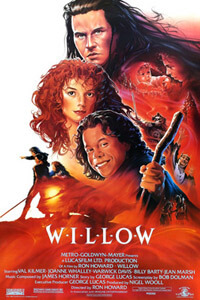
Thank You for Supporting Independent Film Criticism
If the work on DFR has added something meaningful to your love of movies, please consider supporting it.
Here are a few ways to show your support: make a one-time donation, join DFR’s Patreon for access to exclusive writing, or show your support in other ways.
Your contribution helps keep this site running independently. However you choose to support the site, please know that it’s appreciated.
Thank you for reading, and for making this work possible.
Brian Eggert | Critic, Founder
Deep Focus Review


